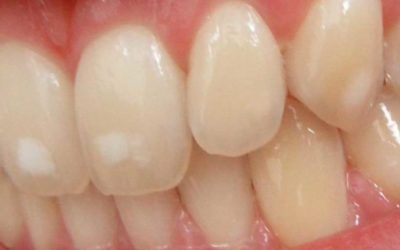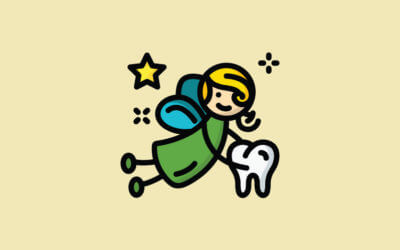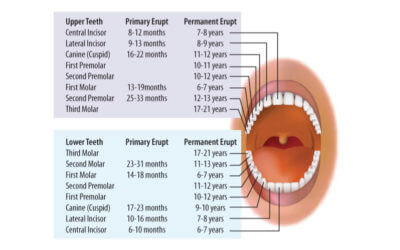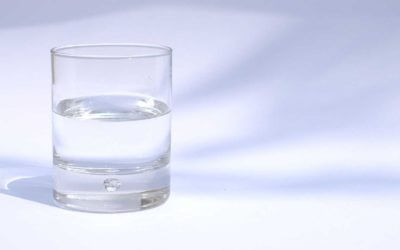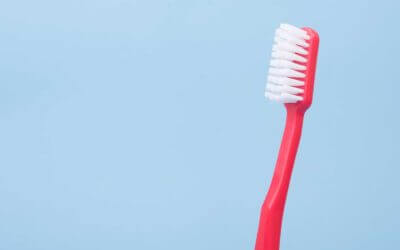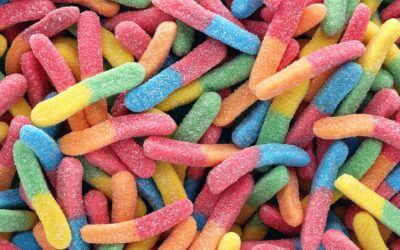Sometimes teeth have discolorations that are not darker, but actually whiter than the rest of the tooth. Small white spots called fluorosis often develop on children’s baby and adult teeth. Fluoride is found in most city water as well as in many dental...
Enamel Appearance
You may wonder about the color of your baby’s teeth. Enamel is the outer layer of our teeth. It is the hardest part of the tooth, and also the layer that provides most of the color of the tooth. Your baby’s teeth do not have to be perfectly bright white in order to be...
Teething
Teething is the process of primary (baby) teeth pushing through the gums into a child’s mouth. It is a natural event that every baby goes through, and it may be painful for your baby. The average age for the first set of teeth to arrive is around six months, but...
Spacing
A baby tooth usually falls out because there is a permanent tooth erupting underneath it. When this occurs naturally, the space vacated by the baby tooth is filled quickly by the adult tooth replacing it. If for some reason the baby tooth comes out early (accident,...
Tooth Eruption
Children follow a fairly consistent sequence for tooth eruption. The exact timing and sequence will not be the same in every child, but there are averages. The following chart shows these averages and the order of eruption. Again, children vary. If your child does not...
Fluoride
Fluoride is a naturally occurring mineral most commonly found in water sources. This mineral is a great natural resource for our teeth because it can incorporate itself into teeth and make them stronger. Fluoride makes teeth more resistant to the bacteria that cause...
Oral Hygiene Instructions for Children
Age Appropriate Home Care: 0–6 months—Wipe gums with a damp warm cloth at the end of each day before teeth appear. 6–28 months—Brush your child’s teeth with a soft bristled toothbrush using a pea-sized portion of non-fluoridated toothpaste, one to two times per day....
Tooth Decay
Tooth decay is caused by four common culprits: sugar, inadequate home care, acids, and destructive bacteria. Tooth decay occurs when destructive bacteria that live on teeth ingest sugars from our diet and secrete acids as a byproduct. When proper home and professional...
Changing Habits
Thumb Sucking & Pacifiers All children will use a pacifier, suck their thumb, or both at some point in their infancy or childhood. It is a newborn’s reflexive response to want to suck. That is how they get nourishment, and it is comforting to them. Toddlers use it...
Xylitol
Xylitol is a naturally occurring substance that tastes like sugar. It is found naturally in many fruits and vegetables and is even produced by our bodies during normal metabolism. It is also extracted from birch trees, corncobs and other natural sources for use...
Well-Water Testing
If your home uses well water, it’s possible there is enough naturally occurring fluoride in your water to help protect your children’s teeth. If not, you may wish to consider supplemental fluoride treatments to help fight tooth decay. It’s easy to test your water for...
Schedule an Appointment
Schedule an appointment with us by calling (616) 949-0230.
